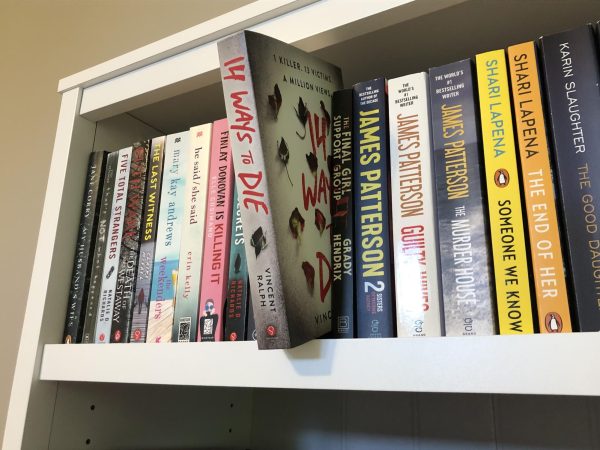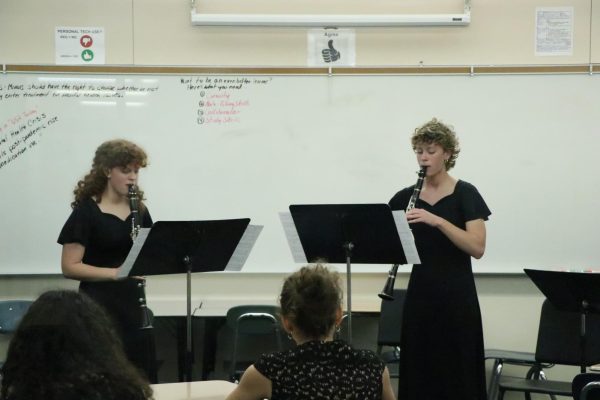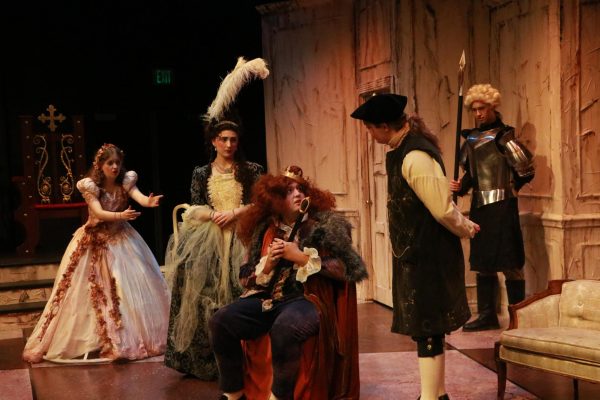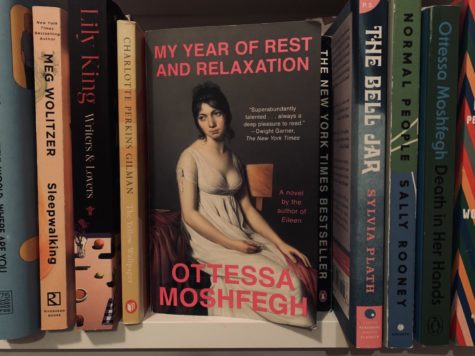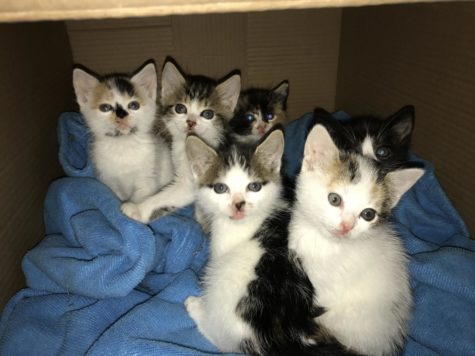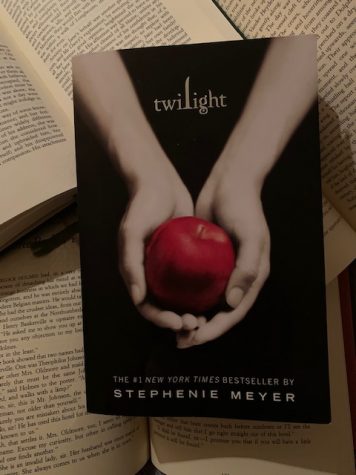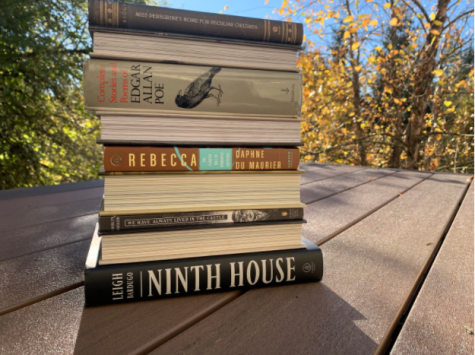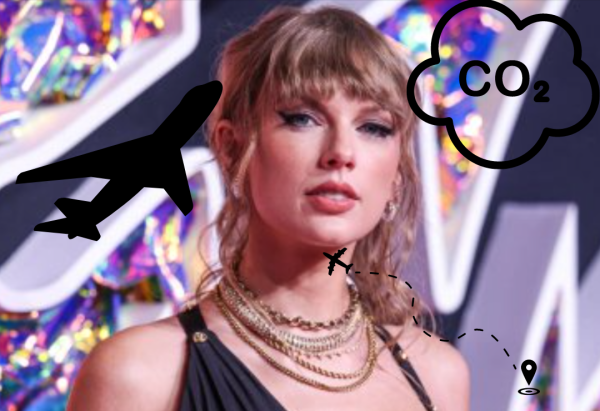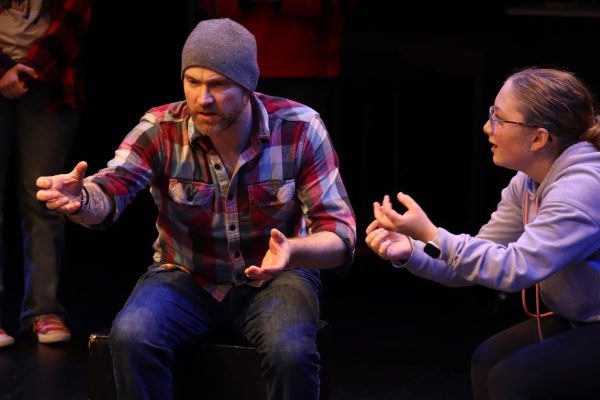Like Hayao, like Goro
Goro Miyazaki, son of Hayao Miyazaki continues his father’s career in animation
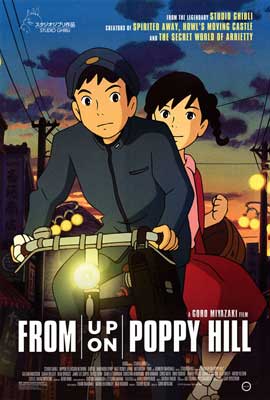
“From Up on Poppy Hill” is a movie about a high school girl who falls in love with a newspaper club president, only to find out they could be siblings. Goro Miyazaki’s animation is not up to par with Hayao Miyazaki’s animation but has its own charm.
Following your father’s footsteps is generally a hard task to do. But if your father is the most successful film-maker of the mecca of animation, Japan,–well, let’s just say it’s a lot harder. However, Goro Miyazaki, son of Hayao Miyazaki, co-founder of the top animation studio, Studio Ghibli, and a Studio Ghibli director, has taken up animation film-making and produced “From Up on Poppy Hill”.
“From Up on Poppy Hill” is set in 1940s Tokyo, Japan and follows the life of Umi Matsuzaka (voiced by Masami Nagasawa and dubbed by Sarah Bolger). Matsuzaka is the eldest sibling in a family of five and has been raising signal flags that read “I pray for safe voyages” by a poppy hill in Yokohama Bay since her father went missing in action during the Korean War. In high school, Umi finds herself involved in a student movement seeking to prevent the demolition of an old club house, The Latin Quarter. In the process, she falls in love with Jun Kazama (voiced by Jun’ichi Okada and dubbed by Anton Yelchin), the newspaper club president who responded to her signal flags, only to find out that they may be related by blood.
The artistic skill and animation adroitness of Goro Miyazaki is similar to his father’s. Paying special attention to human habits like fumbling with clothes while hanging them and adjusting hand grips while holding an umbrella are just a few. The animation also mimicked oil painting in a particular scene did a fantastic job of it by featuring the texture and subdued color of the medium. Since the story is set in the 1940s, the animation also featured tools, specifically kitchenware, from back then with stone rice cookers and non-electric stoves lit with matches.
The voice acting in the original Japanese version is much more expressive than the voice acting in the English dub version, which makes sense as the animation was made to imitate mouths speaking Japanese. One of the downsides in general with english dubbing is that some of the humor, like puns, found within the original language is lost in the dubbing process. Therefore, I found myself laughing more when watching the original Japanese animation. However, the original dialogue of the characters is preserved. Both characters expressed their affection for each other in timid ways by making eye contact and subtle blushing which I found to be more elegant than occidental sonnets of love.
Overall the movie is about a feel-good, romantic tale. I had a hard time finding the moral of the movie and symbolism of the signal flags and relationship of the two main characters, but it was still enjoyable. The animation is not up to par with Hayao Miyazaki’s, but definitely has potential and is charming in its own way. I give this movie three and a half stars out of five.
Your donation will support the student journalists of West Linn High School. Your contribution will allow us to continue to produce quality content by purchasing equipment, software, and continuing to host our website on School Newspapers Online (SNO).
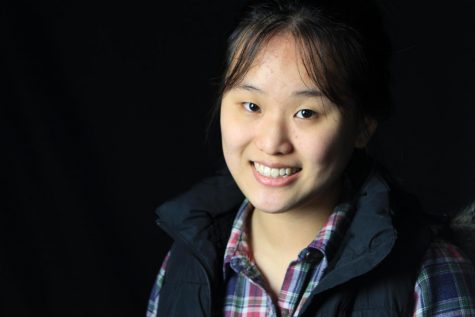
A curious Ji Hyun An, senior, had her eyes opened to a brand new world, the world of journalism, and it all began with her father.
“My dad was featured...

























![Game, set, and match. Corbin Atchley, sophomore, high fives Sanam Sidhu, freshman, after a rally with other club members. “I just joined [the club],” Sidhu said. “[I heard about it] on Instagram, they always post about it, I’ve been wanting to come. My parents used to play [net sports] too and they taught us, and then I learned from my brother.”](https://wlhsnow.com/wp-content/uploads/2024/03/MG_7715-2-1200x800.jpg)
![At the bottom of the third inning, the Lions are still scoreless. Rowe stands at home plate, preparing to bat, while Vandenbrink stands off to the side as the next batter up. Despite having the bases loaded, the team was unable to score any runs. “It’s just the beginning of the season. We’re just going to be playing out best by June, [and] that’s where champions are,” Rowe said.](https://wlhsnow.com/wp-content/uploads/2024/03/IMG_3077-1200x900.jpg)





![The teams prepare to start another play with just a few minutes left in the first half. The Lions were in the lead at halftime with a score of 27-0. At half time, the team went back to the locker rooms. “[We ate] orange slices,” Malos said. “[Then] our team came out and got the win.”](https://wlhsnow.com/wp-content/uploads/2023/10/IMG_2385-1200x800.jpg)







































































